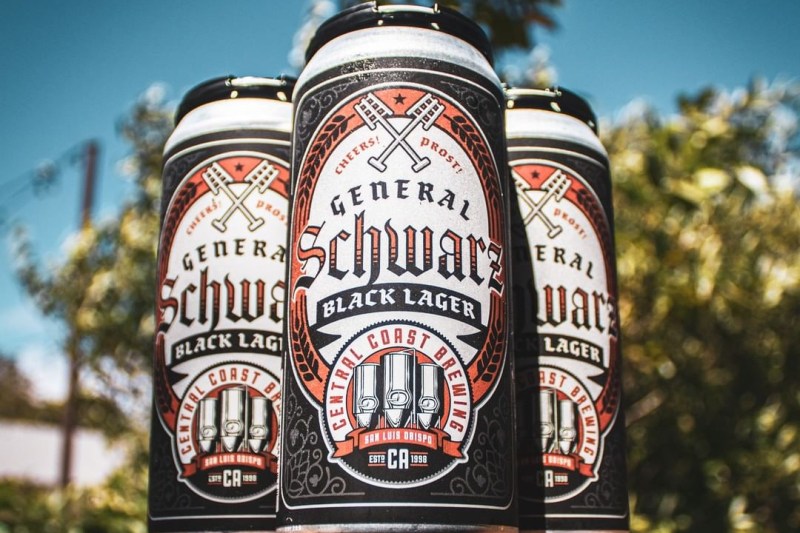The drinks universe moves like the fashion world. One minute something is in form and coveted, the next minute it’s old news. Right now, one of the most buzzed-about beers is the Schwarzbier.
Also known as a black lager, or malta, in some corners of South America, the Schwarzbier dates back to the 14th century. Unsurprisingly, it all started in beer-loving Germany, with the first documentation in the year 1390. It’s a malty number, dark in color with an intricate flavor profile. One of the most enjoyable beers to say out loud, the style is a little deceptive. Looking at the glass, you expect a behemoth, but on the palate, it’s a fairly svelte animal.
Related Beer Guides
- The Difference Between Stout and Imperial Stout
- The Essential German Beer Styles You Need To Know
- 9 Best Gluten-Free Stout Beers When on a Gluten-Free Diet
Online craft beer retailer Tavour has experienced a 400% increase in the presence of black lagers over the past two years. They tend to attract high marks and often sell out as soon as they’re released, especially when they come from lauded producers like Central Coast Brewing in California or South Carolina’s Westbrook Brewing.

Think of the Schwarzbier as a stout given the lager treatment. In other words, it has those malty, chocolatey notes and a dark build but ends up being light in body like a lager, with a lower alcohol content. The lower ABV is almost compensated for by the thawing malt notes, often reminding of roasted coffee. It’s hard to imagine a more flexible beer, lightweight for when the sun peeks through while armed with some cacao flavors for chillier occasions. We love a heavy winter beer this time of year, but sometimes it’s just intense.
For Central Coast brewer Greg Buergler, it’s all about that kind of versatility. “The California weather has converted the stout and porter drinkers to this lighter-bodied style,” he says. “It’s the best of both worlds when it comes to consumer demands. The roasted malt background with the subtle coffee, caramel, and chocolate notes, and the light body and low ABV allow it to be an everyday session beer.”
As Jeff Alworth writes in his excellent Beer Bible
He suggests checking out some Old World options from German breweries like Köstritzer or Mönchshof. In the states, we’re likely to see more and more of the style as 2022 progresses. The beer naturally echoes a large part of the craft imbibing community reaching for lower-octane beers that retain significant substance. And considering that styles like the Black IPA have done pretty well as of late, it’s no wonder that the black lager is coming back into the picture. It also scratches our collective itch to try something with so much history.
In addition to the above breweries, Weathered Souls Brewing Company in Texas makes a bonafide black lager. More and more are being canned and bottled and it’s always worth asking about at your favorite tap house or brewery. As a budding trend, oftentimes brewers will try small batches out on the crowds to see how they’re received before scaling up and throwing one out into the market. You’re likely to see the Schwarzbier pop on draft lists at your favorite watering holes.
If you like a clean pilsner or lager, the Schwarzbier will be right up your alley. It’s darker and offers some lovely roasted notes, but you’ll be blown away by the finesse and session-able nature of this trending style.


